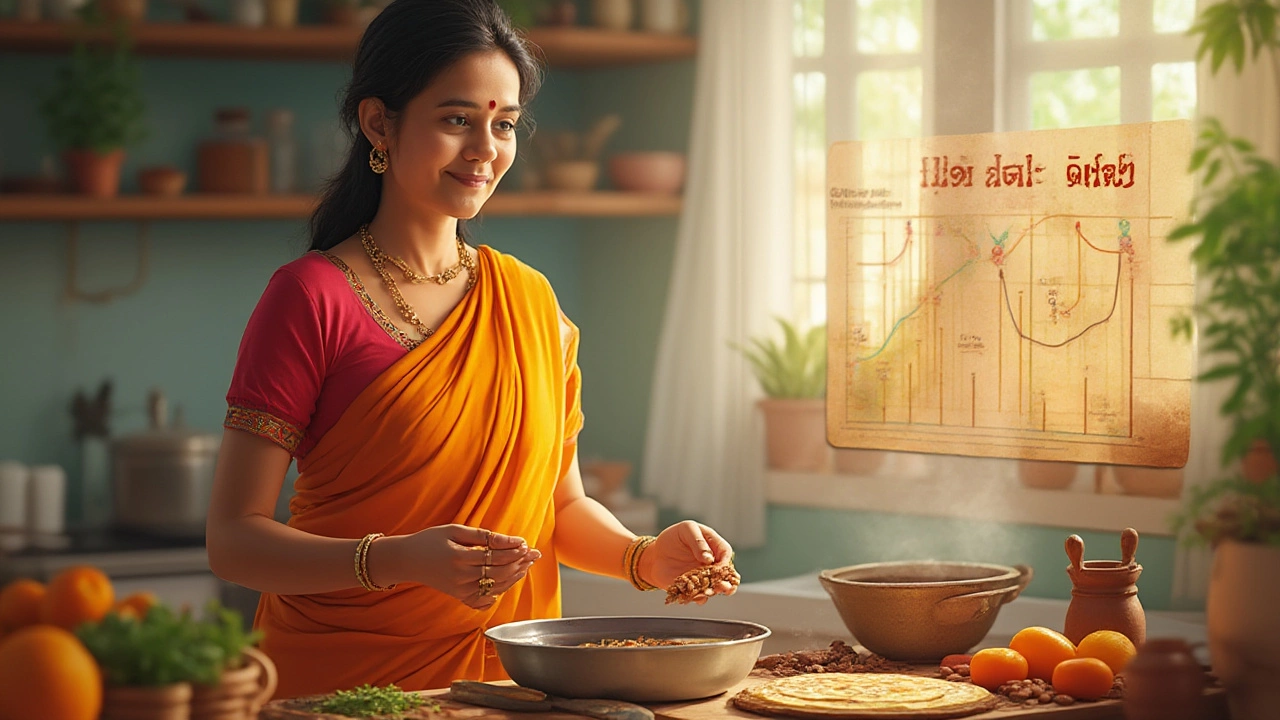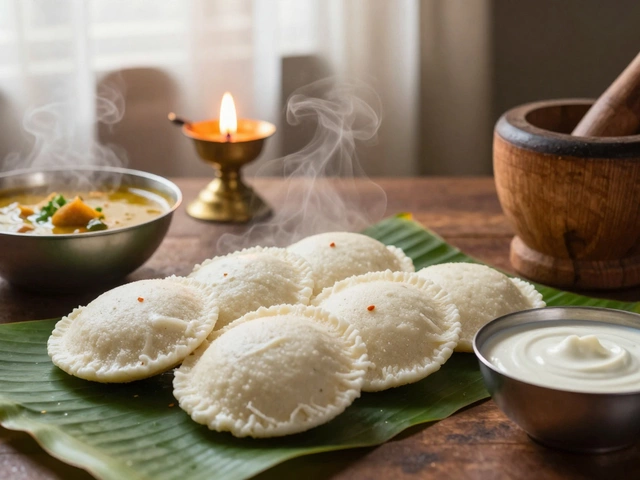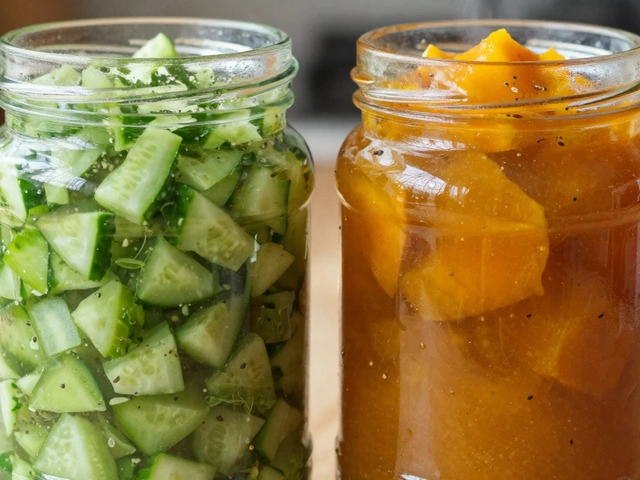Ask anyone from Brighton to Bengaluru about their go-to Indian breakfast, and dosa will almost always land near the top of the list. But here’s the big question: if you have diabetes or worry about blood sugar spikes, can you still enjoy this beloved crispy crepe? The truth isn’t as simple as saying yes or no—so let’s unpack what really happens after you gobble down a dosa.
What Is Dosa Made Of—and What Does That Mean for Blood Sugar?
Dosa looks simple: thin, golden, sometimes as crisp as a cracker. But its ingredients tell a more interesting story. The classic dosa batter is made by soaking and grinding rice and urad dal (black gram). Then it’s left to ferment overnight before hitting the hot griddle. So, what does this combo mean for your blood sugar?
Rice is a carbohydrate, and so is urad dal, although the dal packs in protein too. But carbs aren’t all created equal. The way these two work together, especially after fermentation, can actually influence how quickly the sugars enter your system. Rice alone is usually high glycemic, but teamed up with dal—and after fermentation—the impact changes.
Fermentation isn’t just a funky kitchen science experiment. It actually breaks down some of the starches, making them easier to digest and sometimes lowering the glycemic index (that’s the number showing how fast a food spikes your blood sugar). But don’t just trust an internet myth. Real numbers matter, so check this out:
| Food | Glycemic Index (GI) | Carbohydrate Content (g per 100g) |
|---|---|---|
| White Rice | 72 | 28 |
| Classic Dosa | >70 | 24-27 |
| Urad Dal | >40 | 58 |
| Whole Wheat Roti | 62 | 19 |
That means classic dosa’s GI is in the same zone as white bread and rice: higher than you’d expect. But that doesn’t tell the whole story. The protein and fibre from the dal, and the effects of fermentation, make the glucose rise a bit less “spiky” for many people—think more of a gentle climb than a sudden cliff jump. The exact impact, though, depends on how you eat it, what you eat it with, and your individual metabolism.
Does Dosa Really Spike Blood Sugar?
Real talk: yes, dosa can raise blood sugar. But so can nearly every carbohydrate food. The question is: how much and how fast compared to other foods? A study from the Diabetes Research Society in Chennai looked at typical South Indian breakfasts, measuring how people’s blood glucose changed after eating dosa versus idli, upma, and plain bread. Dosa and idli had similar effects, both causing a moderate rise in blood sugar, usually peaking around 30–45 minutes after eating, and settling within two hours for most healthy adults.
If you’re already dealing with diabetes or prediabetes, you probably check your blood sugar at home. Doctors and dietitians often suggest “keeping an eye on the spike”: how much your glucose rises after eating and how quickly it drops back. Dosa’s combination of refined rice and dal can push the numbers higher than a whole-wheat paratha, but usually not as high as a pure rice meal or white bread.
But wait—the story gets juicier depending on how you eat your dosa. Add a dollop of coconut chutney, and fat slows the sugar absorption. Sambar’s fibre-rich lentils and veggies? More slowing. Pile on potatoes in a masala dosa and, you guessed it, you’ll see a bigger jump (especially since potatoes are starchy themselves).
People who are very sensitive to carbs, those who find their sugar surges after rice-based meals, or those following a low-carb or keto diet, will usually see a spike after dosa unless it’s made with some tweaks (we’ll get to those tips soon).
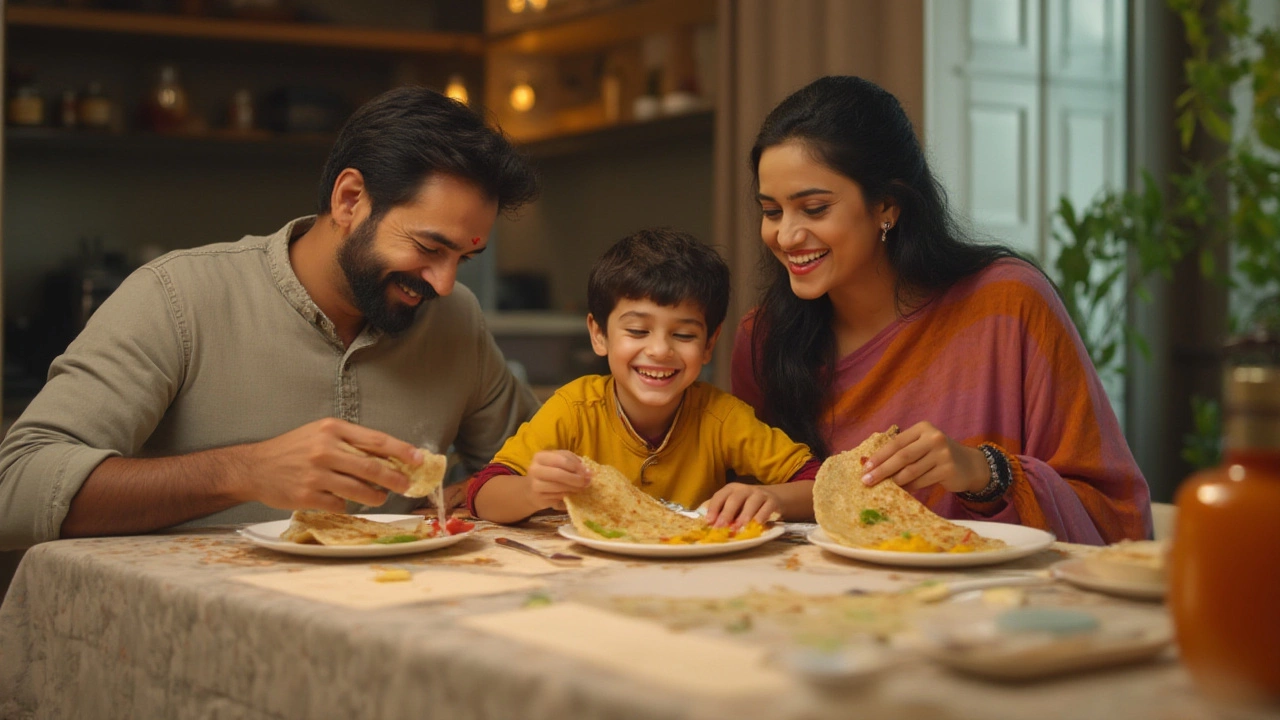
Factors That Influence Dosa’s Glycemic Impact
If you really want to know whether a dosa will spike your blood sugar, you need to look deeper. What about portion size, batter fermentation, accompaniments, and even the way you cook it? This is where science meets daily life. Let’s break this down:
- Portion size: A mini dosa is not the same as restaurant-style paper dosa that’s the length of your forearm. Eating two large dosas at once pretty much guarantees a bigger spike than one small dosa.
- Batter fermentation: Traditional, slow fermentation boosts natural healthy bacteria, partially digests some of the carbs, and can make the finished dosa easier on your blood sugar. If you rush the process or skip it, the spike will usually be worse.
- Rice-to-dal ratio: Classic batter is roughly 2:1 rice to urad dal by volume. Some newer recipes use more dal or swap some rice for millets or oats—for lower GI results. The type of rice (parboiled vs. raw) might make a small difference, but not a dramatic one.
- How you cook: Using oil or ghee actually slows sugar absorption. Not so much for calories, but for the glycemic impact. A plain, dry-fried dosa will digest more quickly than one with a slick of ghee brushed on top.
- Fillings and sides: If you eat dosa with just coconut chutney, the fat and fibre help a bit. Add sambhar, which is loaded with lentils, and the meal becomes slower to digest. Go for a stuffed masala dosa, and you’ll add more starch—so blood sugar goes up more.
- Accompaniments: Pairing dosa with high-fibre sides—greens, grilled veggies, or even a dainty salad—helps slow the carb absorption.
Want a tip from Brighton’s own Indian cafes? They often substitute part of the white rice with brown rice or red rice for a boost in fibre. Some even blend in oats to help the dosa crisp up and lower its glycemic punch just a tad. One café owner told me she gets at least two diabetic customers a day asking for these swaps, and they report feeling a more stable energy after eating.
Tips to Enjoy Dosa Without Big Blood Sugar Spikes
If the thought of giving up dosa breaks your heart, don’t panic. You can still enjoy it—just get a little clever in how you prepare and eat it. Here’s what actually makes a difference, based on real-world experience and solid nutrition advice from diabetes experts:
- Switch some of the white rice for brown rice, red rice, or millets like ragi or bajra. These alternatives bump up the fibre and drop the GI. Taste-wise? You’ll get a mild earthy flavour that many people love.
- Add more urad dal to your batter. The extra protein helps slow digestion and tempers the sugar spike.
- Try adding oats—a half-cup per batch works well—to the batter. Oats have beta-glucan fibre, famous for helping balance blood sugar.
- Ferment your batter for at least 12 hours if possible. Warmer kitchens (very familiar if you’re cooking in England during a heatwave) make this process easier.
- Go light on potato or starchy fillings. Try a veggie stir-fry with spinach, peppers, or mushrooms instead.
- Stick to one or two smaller dosas instead of eating a giant restaurant-sized portion.
- Pair your dosa with coconut chutney and lentil-heavy sambhar, not just ketchup or plain potatoes.
- If you monitor your blood sugar, check before eating and 2 hours after. This personal feedback is the gold standard.
- Exercise afterward. A 10-minute walk after eating helps your cells soak up glucose more efficiently.
Remember, everyone’s response is unique. What doesn’t spike one person much may send another’s numbers soaring. Dieticians in the UK and India advise their diabetic clients to use trial and error—and to absolutely not skip all their favourite foods unless it’s really necessary.
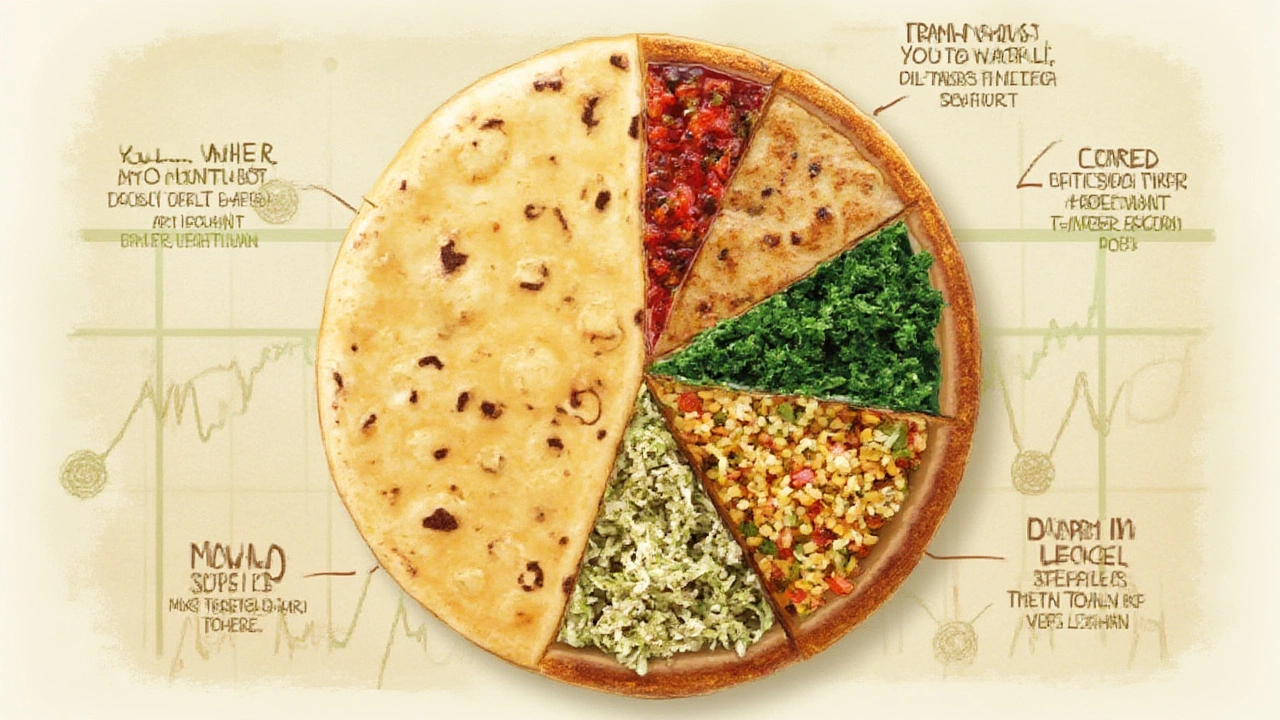
Beyond Glycemic Index: Whole Foods, Context, and Enjoying Dosa
If you’re still hesitant, let’s zoom out. Is it ever realistic or healthy to swear off all carbs, especially traditional foods, because of blood sugar worries? Nutrition science keeps drifting back to the basics: single foods don’t make or break health. The real question is: How often do you eat dosa? What else is on your plate the rest of the day? Are you active? Do you balance your carbs with fibre and protein?
For many people, dosa is not a problem when enjoyed a couple of times a week—especially if you apply the tips above. It’s usually the heaps of white rice, sweet drinks, and sugar-laden treats that nudge blood sugar ever higher. Don’t just look at one meal—watch for patterns. Keeping stress low, sleeping well, and eating plenty of fibre from vegetables makes almost any meal work better for your metabolism.
Some people in South India, especially the elderly who walk daily and eat balanced meals, have dosa for breakfast throughout their lives with stable blood sugar. That doesn’t mean it’s “safe” for everyone, but it does show context matters more than any fad headline.
If you’re thinking of inviting friends over for a brunch in Brighton, make dosa part of a spread: a couple of small, golden-brown dosas, a big bowl of sambhar, lots of fresh salad, and maybe a homemade chutney with extra ginger. Eat slowly, savour every bite, and pay attention to how your body feels after. That’s the real test.
So, does dosa spike blood sugar? It can, especially the classic white rice version and when eaten in large portions or with potato stuffing. But armed with the right swaps and clever pairings, you can keep that “spike” more like a gentle wave. And you don’t have to give up on your favourite South Indian snack. Next time you’re at the griddle, try one or two tweaks and see the difference for yourself. Your taste buds—and probably your blood sugar—will thank you.
